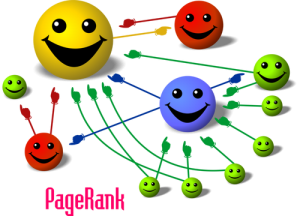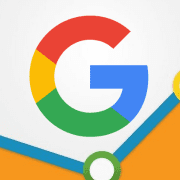Six Link Building Practices That Will Hurt Your Site
Ever since the roll-out of Google’s Penguin algorithm there has been a substantial amount of confusion regarding the current state of link building within the search marketing community. Thanks to Google’s vague practices everyone has an opinion on an algorithm which few actually understand in depth. Everything we know on this side comes from what Google has told us and what we’ve seen from data and analysis in the two years since Penguin came out.
The fact of the matter is that link building in the post-Penguin climate is risky business, but it is important for your online presence. If anything, links are more potent for your visibility than ever before. The problem is the rules are stricter now. You can’t buy and sell wholesale links, and bad links can be heavily damaging to your traffic and profits.
If you acquire quality links, your site is likely excelling in numerous areas and seeing success in both web traffic and search engine visibility. However, getting the wrong types of inbound links is almost certain to result in penalties from Google. In fact, Jayson DeMers from Search Engine Land says it is often more expensive to clean up the mess from bad backlinks than it would be to just acquire good links to begin with.
So what exactly constitutes a bad link? A bad link is any which is gained through questionable methods or goes against Google’s best practices. DeMers pinpointed six of these link building tactics which are likely to cause you problems if you attempt them.
Paid Links – Buying or selling links in the post-Penguin market is the same as putting a target on your website’s metaphorical back. Your site will get seen and penalized. Google has openly stated multiple times that buying or selling links is a huge no-no, and even links from long ago can come back to haunt you.
Article Directory Links – Article directory links were once a staple of link building because they were easy to get and they worked. But, low-quality spun content and distribution software relegated to the spammy category. At this point, Google has outright penalized many article directories, and this practice won’t help your SEO anymore.
Link Exchanges – For years link exchanges were a highly popular form of link building. It almost seemed like common courtesy to practice the concept of “you link to me and I’ll link back to you”, but of course many began to abuse the system. Once it was compromised and turned into a large scale pattern of link scheming, Google shut it down.
Low-Quality Press Releases – A press release is still a popular means of announcing important company information to the public, but don’t expect them to help your SEO. Most free press release submission websites are entirely ignored by Google.
Low Quality Directory Links – There are still a small number of industry-specific directories that are great for helping certain industries gain good links and traffic, the majority of old, free directory sites have been de-indexed by Google, and the search engine has publicly denounced the practice. In general, you should be staying away from low-quality directory links.
Link Pyramids, Wheels, Etc., – Over time, many SEOs came to believe they could get around Google’s watchful eye by using methods to artificially pass page rank through multiple layers of links, obscuring the distribution patter. But, in May, Matt Cutts, Google’s head of Webspam mentioned how the new version of Pengion has been refined to further fight link spammers and more accurately measure link quality. While we don’t know for sure what practices Cutts was referencing, it is widely believed he was talking about link pyramids and wheels.






Leave a Reply
Want to join the discussion?Feel free to contribute!